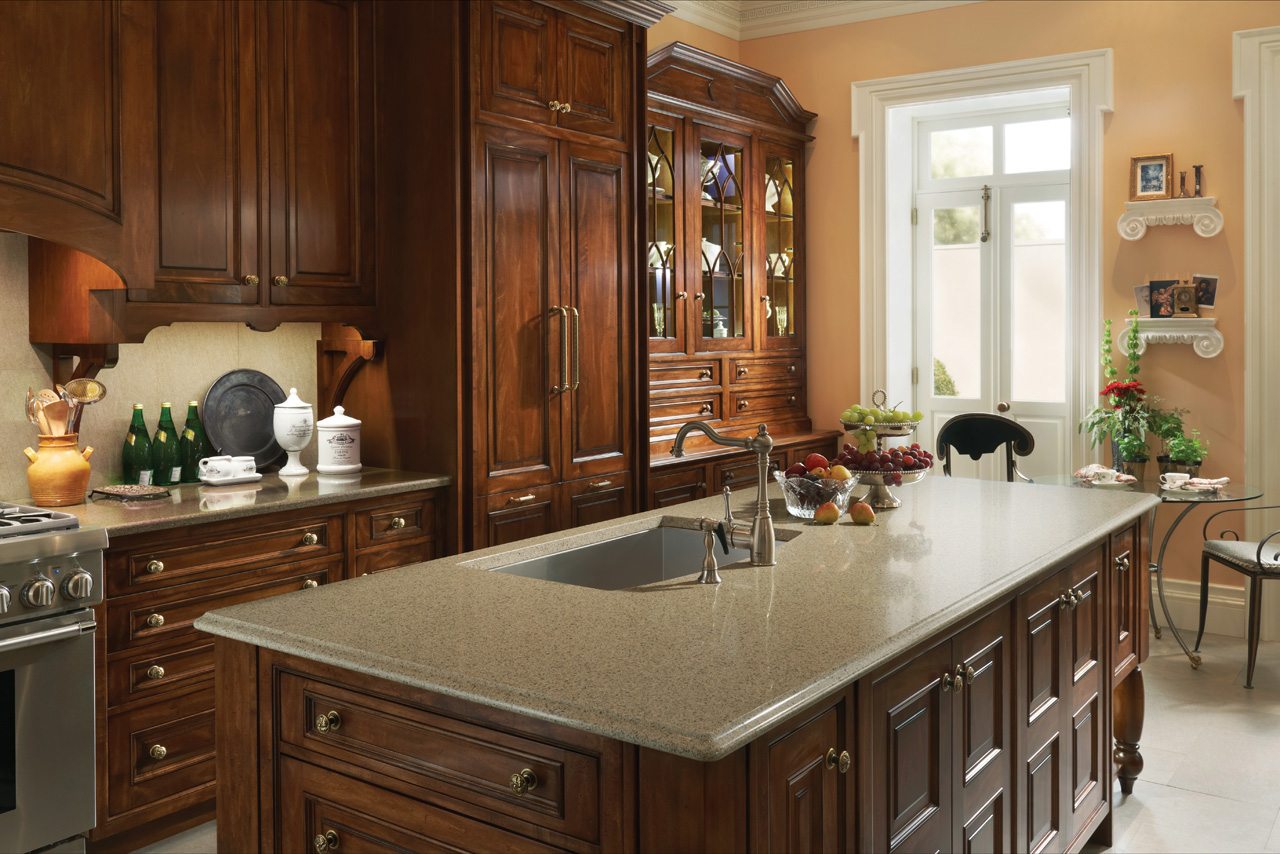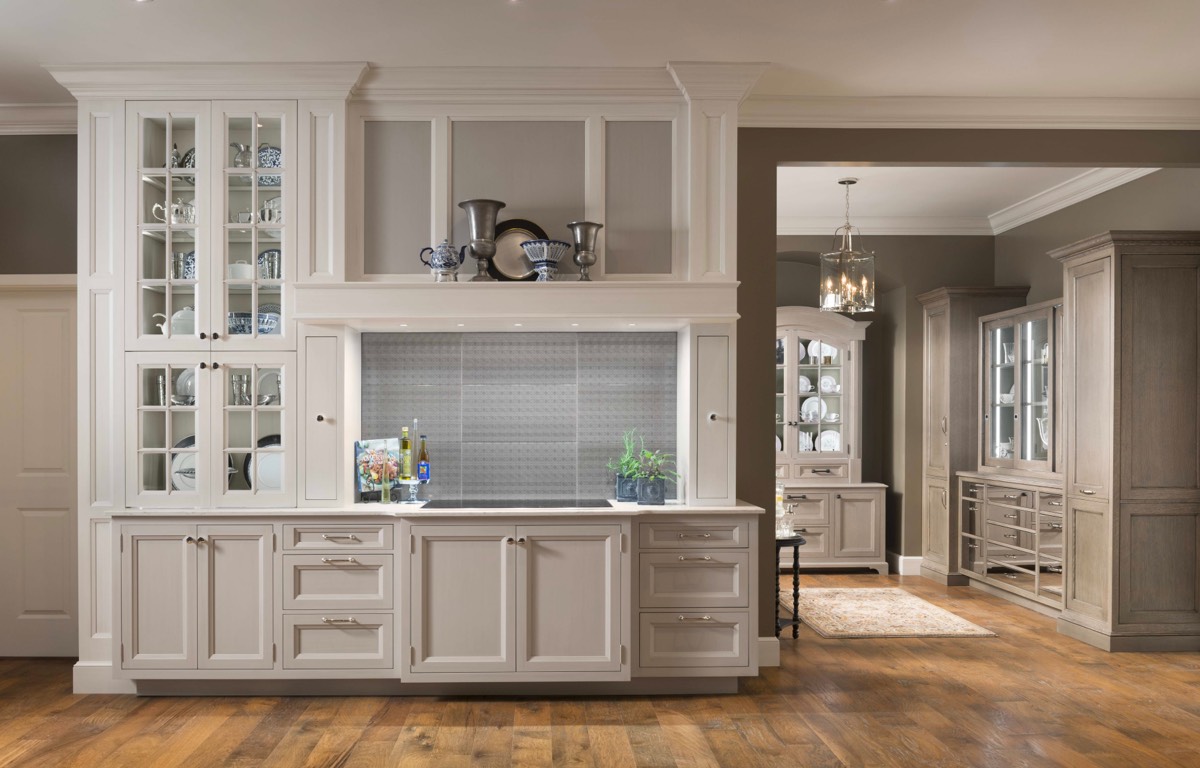The Rise and Fall of Wood Mode Cabinets

Wood Mode Cabinets, once a leading name in custom cabinetry, had a remarkable journey from its humble beginnings to its eventual closure. The company’s rise was fueled by its commitment to quality craftsmanship and personalized service, but its decline was marked by a confluence of factors, including economic downturns, changing consumer preferences, and stiff competition.
Early Success and Growth, Wood mode cabinets out of business
Wood Mode Cabinets was founded in 1968 by Harry and Ruth Kulp in a small workshop in Kreamer, Pennsylvania. The Kulps, with their passion for woodworking, focused on creating high-quality, custom-made cabinets for local customers. Their dedication to craftsmanship and personalized service quickly earned them a reputation for excellence. As word spread, Wood Mode’s customer base expanded, and the company experienced steady growth.
By the late 1980s, Wood Mode had established itself as a leading manufacturer of custom cabinetry in the United States. The company’s success was attributed to several key factors:
- Unwavering Commitment to Quality: Wood Mode was known for its meticulous craftsmanship, using only the finest materials and employing skilled artisans. This dedication to quality resonated with discerning customers who valued durability and aesthetic appeal.
- Personalized Service: Wood Mode’s customer-centric approach set it apart. The company worked closely with clients to understand their needs and design cabinets that perfectly matched their preferences and lifestyles. This personalized service fostered strong customer loyalty.
- Strong Brand Reputation: Wood Mode’s commitment to quality and customer service built a strong brand reputation. The company was recognized for its craftsmanship, innovation, and commitment to customer satisfaction.
- Effective Marketing and Distribution: Wood Mode implemented effective marketing strategies to reach its target audience. The company also established a strong distribution network to ensure its products were readily available to customers nationwide.
Challenges and Market Changes
Despite its early success, Wood Mode began to face challenges in the late 1990s and early 2000s. The company’s growth slowed, and it struggled to keep pace with evolving consumer preferences and market trends.
- Shifting Consumer Preferences: The housing market boom of the 1990s led to a surge in demand for pre-fabricated cabinets, which were often more affordable and readily available than custom-made cabinets. This shift in consumer preferences impacted Wood Mode’s sales, as customers increasingly sought out cost-effective options.
- Increased Competition: The custom cabinetry market became increasingly competitive, with new players entering the market and established brands expanding their product lines. Wood Mode faced pressure to remain competitive, which required investments in technology, marketing, and distribution.
- Economic Downturn: The economic recession of 2008 hit the housing market hard, leading to a sharp decline in demand for both new homes and renovations. This downturn had a significant impact on Wood Mode’s sales, as customers delayed or canceled projects due to financial constraints.
Financial Difficulties and Bankruptcy
The challenges faced by Wood Mode in its later years ultimately led to its financial difficulties. The company struggled to adapt to the changing market dynamics and maintain profitability.
- Declining Sales: As Wood Mode’s sales declined, its revenues fell, putting pressure on the company’s cash flow. The company faced challenges in managing its inventory and expenses, leading to a widening gap between revenues and costs.
- Increased Debt: To stay afloat, Wood Mode took on debt to finance its operations and investments. However, the company’s declining sales made it difficult to service its debt obligations, further straining its finances.
- Inability to Adapt: Wood Mode was slow to adapt to the changing market landscape. The company struggled to innovate its product lines and marketing strategies to cater to evolving consumer preferences and compete effectively with rivals.
In 2018, after years of financial struggles, Wood Mode filed for bankruptcy. The company’s assets were subsequently sold to a new owner, marking the end of an era for a once-renowned brand in the custom cabinetry industry.
Impact on the Cabinetry Industry: Wood Mode Cabinets Out Of Business

The closure of Wood Mode, a prominent player in the custom cabinetry market, sent ripples through the industry. Its demise highlighted the challenges faced by traditional manufacturers in a rapidly evolving landscape.
Potential for Consolidation
The closure of Wood Mode could accelerate consolidation within the cabinetry industry. Smaller manufacturers may struggle to compete with larger companies that have greater economies of scale and access to resources. This trend could lead to fewer but more powerful players in the market, potentially impacting pricing, product offerings, and customer service.
Strengths and Weaknesses of Wood Mode’s Competitors
Wood Mode’s competitors, such as [Competitor 1], [Competitor 2], and [Competitor 3], offer a diverse range of products and services. While each competitor possesses its own strengths and weaknesses, some common themes emerge.
- [Competitor 1] is known for its innovative designs and commitment to sustainability. However, its pricing can be higher than competitors.
- [Competitor 2] focuses on high-quality craftsmanship and a wide selection of materials. It may lack the flexibility of some smaller manufacturers.
- [Competitor 3] offers a more affordable option, but may compromise on design customization.
Adapting to the Changing Consumer Landscape
The cabinetry industry is adapting to the changing consumer landscape, driven by several key factors:
- Demand for Customization: Consumers increasingly seek personalized cabinetry solutions that reflect their unique styles and needs. Manufacturers are responding by offering more design flexibility and customization options.
- E-commerce Growth: Online platforms have become a significant channel for cabinet sales, allowing consumers to research and purchase products from the comfort of their homes. Manufacturers are investing in digital marketing and e-commerce capabilities to meet this demand.
- Sustainability: Consumers are increasingly concerned about the environmental impact of their purchases. Manufacturers are adopting sustainable practices, using eco-friendly materials and reducing waste.
Lessons Learned from Wood Mode’s Demise

The demise of Wood Mode Cabinets, a once-renowned name in the cabinetry industry, offers valuable lessons for businesses across various sectors. By examining the factors that contributed to Wood Mode’s downfall, we can identify strategies to avoid similar fates and ensure long-term success.
Adapting to Market Changes and Staying Competitive
Adapting to market changes is crucial for any business to thrive. Wood Mode’s failure to keep pace with evolving consumer preferences and technological advancements ultimately contributed to its demise. The company struggled to maintain its competitive edge as newer players entered the market with innovative designs, materials, and manufacturing processes.
- Embrace innovation: Continuously invest in research and development to introduce new products, features, and technologies that meet changing customer demands. This could involve exploring new materials, design trends, and manufacturing techniques to stay ahead of the curve.
- Stay agile: Be prepared to adjust business strategies and operations quickly to respond to market shifts. This might involve modifying product lines, adjusting pricing, or exploring new distribution channels.
- Focus on customer needs: Thoroughly understand the evolving needs and preferences of your target audience. Conduct market research, gather feedback, and analyze trends to ensure your products and services remain relevant and desirable.
Strong Financial Management and Planning
Sound financial management is essential for any business, especially in the face of economic challenges. Wood Mode’s financial difficulties stemmed from a combination of factors, including a lack of strategic planning, inadequate cash flow management, and excessive debt.
Factors Leading to Wood Mode’s Downfall and Strategies for Avoiding Similar Outcomes
| Factors Leading to Wood Mode’s Downfall | Strategies for Avoiding Similar Outcomes |
|---|---|
| Failure to adapt to changing market trends and consumer preferences. | Conduct thorough market research and stay informed about emerging trends and technologies. Develop innovative products and services that meet evolving customer needs. |
| Inadequate financial planning and management. | Establish a robust financial plan that includes realistic projections, cash flow analysis, and risk assessment. Implement strong financial controls and monitor performance closely. |
| Excessive debt and lack of liquidity. | Maintain a healthy debt-to-equity ratio and ensure sufficient cash flow to meet financial obligations. Avoid excessive borrowing and explore alternative financing options when necessary. |
| Lack of investment in technology and innovation. | Continuously invest in technology and automation to improve efficiency, productivity, and product quality. Embrace innovation and explore new manufacturing processes to stay ahead of the competition. |
| Ineffective marketing and communication strategies. | Develop a comprehensive marketing plan that effectively targets the right audience and communicates the value proposition of your products or services. Leverage digital marketing channels and build a strong brand presence. |
Wood mode cabinets out of business – The news of Wood Mode cabinets going out of business was a blow to many homeowners who loved their classic craftsmanship. While their cabinets may be gone, the timeless elegance of wood can still be achieved with wood cabinet trim moulding.
Adding this detail to your cabinets, whether they’re new or existing, can instantly elevate your kitchen design and bring back that touch of classic charm that Wood Mode was known for.
The news of Wood Mode cabinets going out of business was a real bummer for anyone who dreamed of a custom kitchen. But hey, at least we can still cozy up our homes with some small fluffy bedroom rugs to add a touch of warmth and comfort.
Maybe a little rug inspiration can help us forget about those fancy cabinets for a while, right? After all, a cozy bedroom is a happy bedroom, and that’s something even Wood Mode can’t take away.
